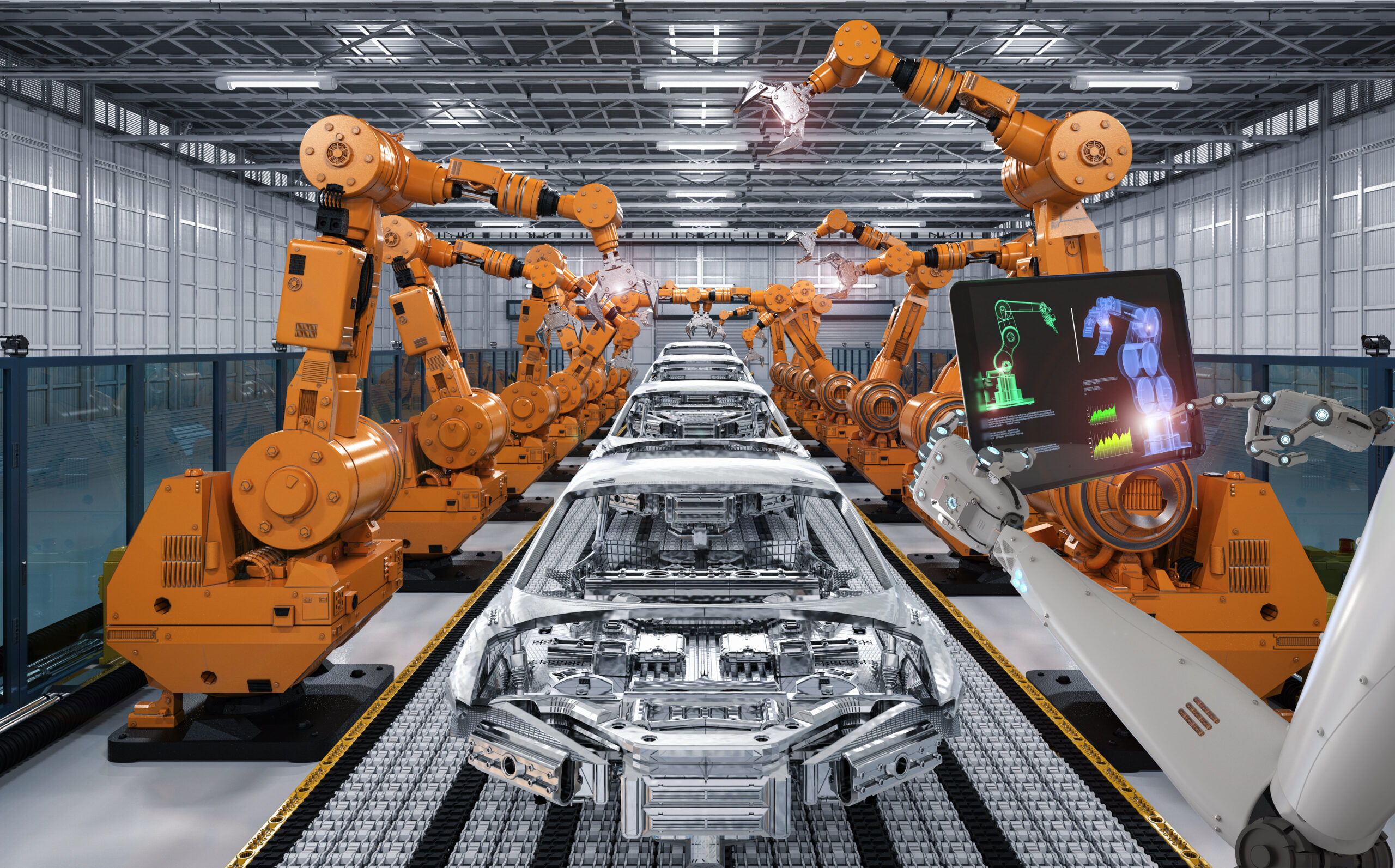The epidemic imposes more pressure on the automotive industry. According to Datium Insights’ analysis, global production went down significantly in all manufacturing bases. By the end of 2020, Japan went down 18%, South Korea down 11%, US down 22%, Germany down 25%, and UK down 29%. China seemed to have a stronghold as the production went down only 3%. Still, the hardship endures.

Source: Global Car Production, Sales, and Exports January 2021, Datium Insights
Even worse, with global supply chains hampered and demands plummeted, new car sales have been sluggish to recover losses in early 2020. The US ended 2020 down 15% while Mexico ended down 30% whereas Canada is still down 22%.

Source: Global Car Production, Sales, and Exports January 2021, Datium Insights
Among European countries, Germany performed the best as its new car sales went down 19% while Spain, France, and Italy went down 32%, 24%, and 27% respectively. On the contrary, South Korea’s slightly and relatively improved as it went down in a low single-digit percentage.

Source: Global Car Production, Sales, and Exports January 2021, Datium Insights
Australia ended the year 2020 at 14%, comparable to Japan’s at 12%. In addition, both countries seemed to take off strong in January 2021 as they theirs went up 11% and 7% respectively. Likewise, although New Zealand ended 2020 at 28%, it managed to takes off in January 2021 at 6% whereas South Korea’s followed at 5%.

Source: Global Car Production, Sales, and Exports January 2021, Datium Insights
More importantly, the industry might need to take notes on the fact that the pandemic and its social-economic influence have behaviorally and culturally contributed to changes in different areas of consumer’s life such as mobility preferences and expectations. Unfortunately, the changes seem to stay after the pandemic subsided.

Source: How COVID-19 is changing consumer behavior—now and forever, McKinsey & Company
Perhaps, behavioral changes in mobility preference are among car owners as car owners will drive more while those without car ownership who previously relying solely on public transits are left to invent their own private solution for mobility with safety. As gradually evidenced in China, driving personal car, walking, and biking have become de facto transit modalities among Chinese commuters whereas choices of public transportation have declined since the pandemic incident in early 2020.

Source: The Impact of COVID-19 on future mobility solutions, McKinsey Center for Future Mobility.
Based upon certain social economic indicators (i.e. macroeconomic developments, regulatory developments, technology, and customer behavior), Mckinsey’s analysis offers scenarios for visualizing how the industry in North America, Europe, and China might evolve and unfold through 2021 onward to 2025.

Source: The Impact of COVID-19 on future mobility solutions, McKinsey Center for Future Mobility.

Source: The Impact of COVID-19 on future mobility solutions, McKinsey Center for Future Mobility.
TAKE-HOME MESSAGE
Social and physical distancing practices significantly continue to affect people’s lives as the pandemic still lingers for some time. Already, consumers have adopted and switched to a transport modality that accommodates their lives while mitigates the pathologic risk factors. The assumptions about the market from the pre-pandemic are no longer valid to accurately draw the market landscape. Back-to-normal moments are by far remote, unlikely to arrive. Businesses cannot afford to neglect these situational changes that come to stay and moderate both the market and the industry.
Article by: Asst. Prof. Suwan Juntiwasarakij, Ph.D., Senior Editor

